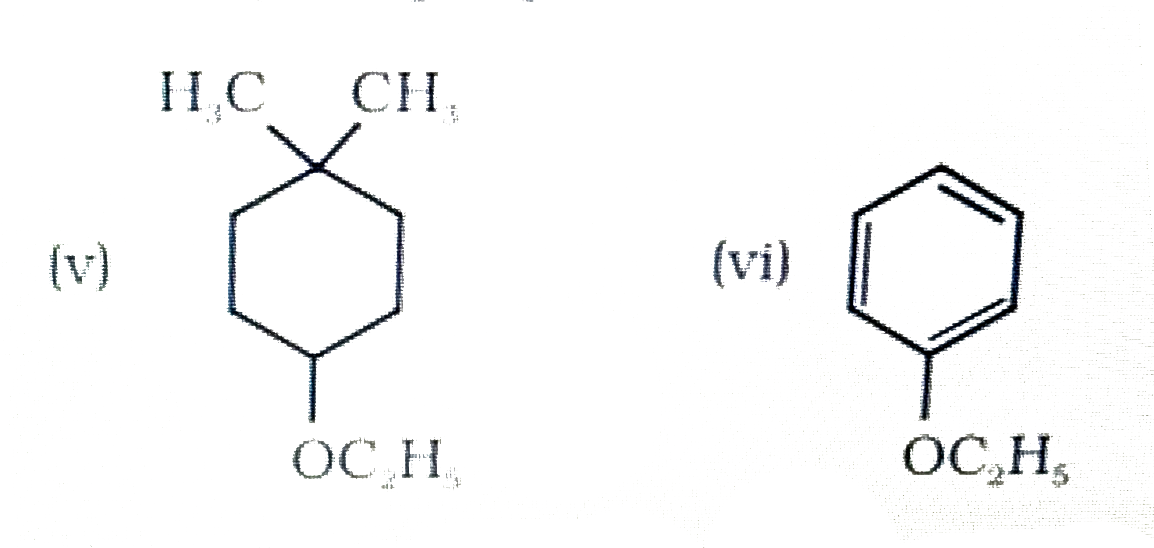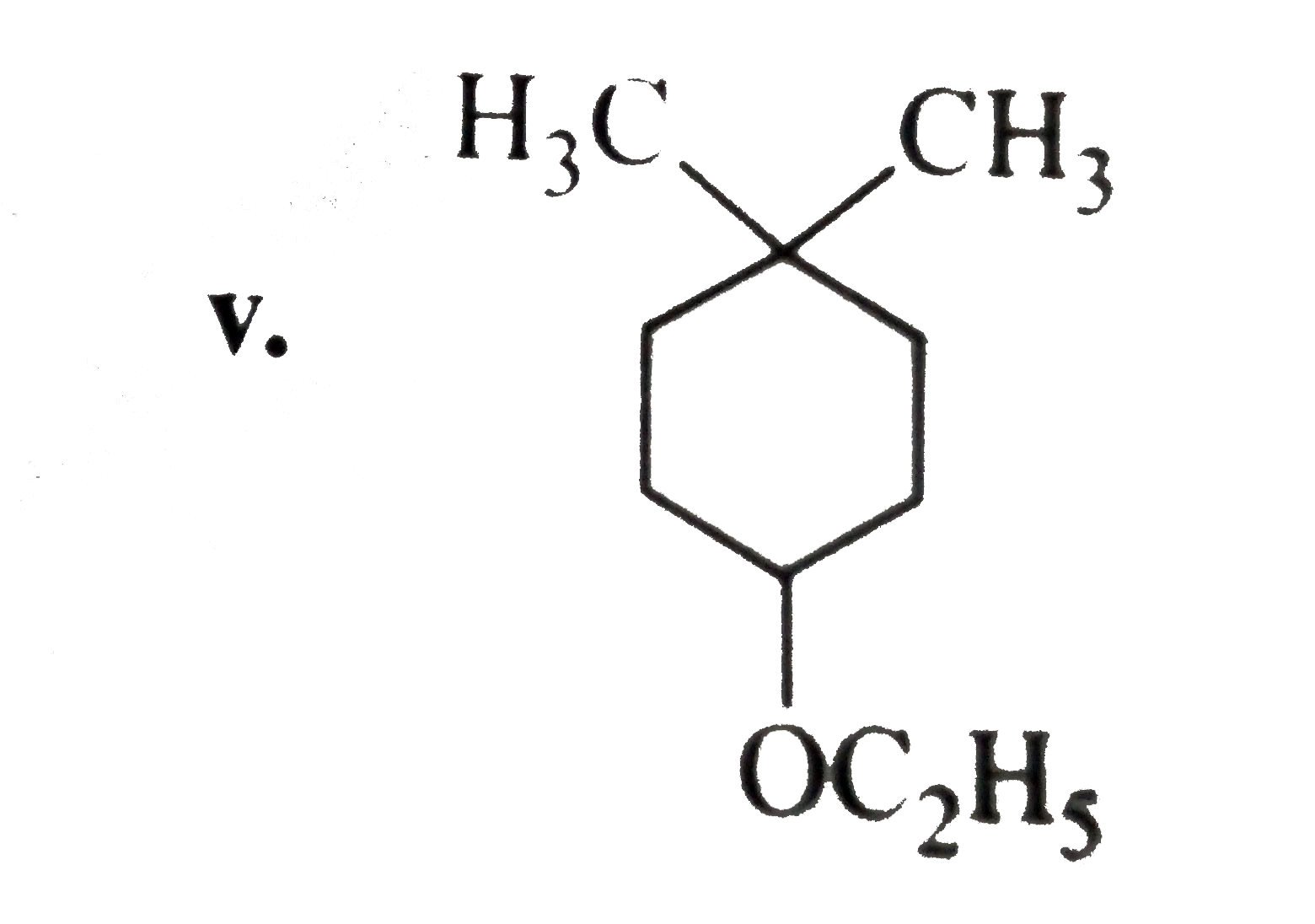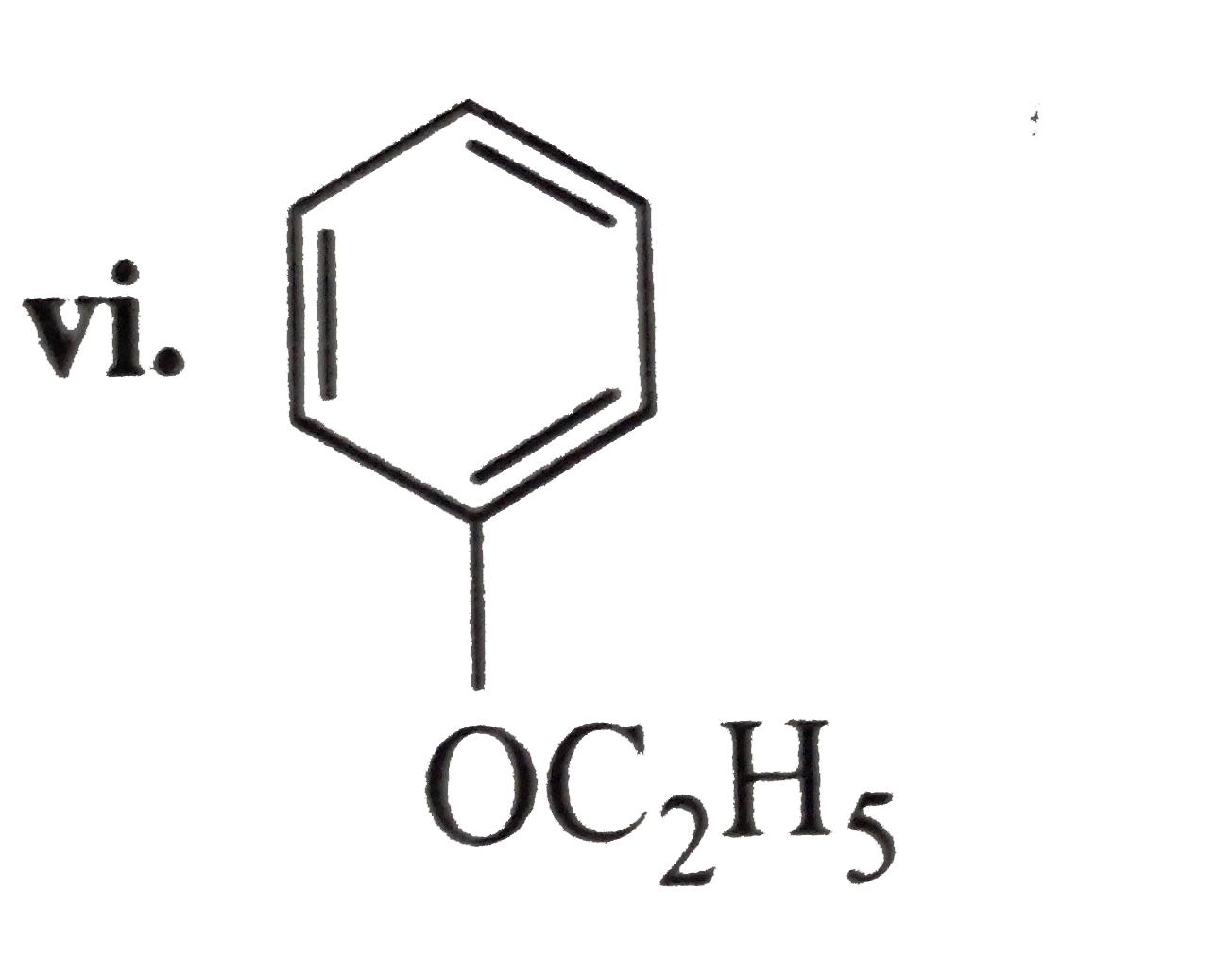OCH3 group is
Stronger + R group than - OH
Weaker + R group than - OH
Stronger + I group than - OH
Inert group
The correct Answer is:B
To determine the nature of the OCH₃ group in comparison to the OH group, we need to analyze the effects of both groups, specifically focusing on their resonance (plus R) and inductive (minus I) effects.
1. Understanding the Groups:
- The OCH₃ group consists of an oxygen atom bonded to a carbon atom, which is further bonded to three hydrogen atoms (methyl group).
- The OH group consists of an oxygen atom bonded to a hydrogen atom.
2. Inductive Effect Analysis:
- Both OCH₃ and OH groups contain oxygen, which is more electronegative than carbon.
- This means that both groups will exhibit a minus I effect, where the oxygen atom attracts electrons towards itself, leading to a partial positive charge on the carbon atom.
- Therefore, both groups show -I effect, but this does not help us differentiate them in terms of resonance.
3. Resonance Effect Analysis:
- The plus R effect (resonance effect) refers to the ability of a group to donate electron density through resonance.
- In the case of OCH₃, the oxygen atom has two lone pairs that can be used to donate electrons into the aromatic ring (if present).
- Similarly, the OH group can also donate its lone pair of electrons into the aromatic system.
4. Steric Hindrance Consideration:
- The OCH₃ group has a bulky methyl group (CH₃) attached to the oxygen. This bulkiness can create steric hindrance, making it more difficult for the oxygen to effectively donate its lone pair of electrons compared to the OH group, which is attached to a hydrogen atom (much smaller and less sterically hindered).
- Therefore, the OCH₃ group, despite being able to show resonance, does so less effectively than the OH group due to this steric hindrance.
5. Conclusion:
- Since the OCH₃ group shows a weaker plus R effect compared to the OH group, we conclude that the OCH₃ group is a weaker plus R group than OH.
Final Answer:
The OCH₃ group is a weaker plus R group than OH.
- The OCH₃ group consists of an oxygen atom bonded to a carbon atom, which is further bonded to three hydrogen atoms (methyl group).
- The OH group consists of an oxygen atom bonded to a hydrogen atom.
- Both OCH₃ and OH groups contain oxygen, which is more electronegative than carbon.
- This means that both groups will exhibit a minus I effect, where the oxygen atom attracts electrons towards itself, leading to a partial positive charge on the carbon atom.
- Therefore, both groups show -I effect, but this does not help us differentiate them in terms of resonance.
- The plus R effect (resonance effect) refers to the ability of a group to donate electron density through resonance.
- In the case of OCH₃, the oxygen atom has two lone pairs that can be used to donate electrons into the aromatic ring (if present).
- Similarly, the OH group can also donate its lone pair of electrons into the aromatic system.
- The OCH₃ group has a bulky methyl group (CH₃) attached to the oxygen. This bulkiness can create steric hindrance, making it more difficult for the oxygen to effectively donate its lone pair of electrons compared to the OH group, which is attached to a hydrogen atom (much smaller and less sterically hindered).
- Therefore, the OCH₃ group, despite being able to show resonance, does so less effectively than the OH group due to this steric hindrance.
- Since the OCH₃ group shows a weaker plus R effect compared to the OH group, we conclude that the OCH₃ group is a weaker plus R group than OH.
The OCH₃ group is a weaker plus R group than OH.
Topper's Solved these Questions
- ALCOHOLS, PHENOLS AND ETHERSBOOK - AAKASH INSTITUTE ENGLISHCHAPTER - ALCOHOLS, PHENOLS AND ETHERSEXERCISE - Assignment Section - A (Objective type questions)
45 Videos
- ALCOHOLS, PHENOLS AND ETHERSBOOK - AAKASH INSTITUTE ENGLISHCHAPTER - ALCOHOLS, PHENOLS AND ETHERSEXERCISE - Assignment Section - B (Objective type questions)
25 Videos
- ALCOHOLS, PHENOLS AND ETHERSBOOK - AAKASH INSTITUTE ENGLISHCHAPTER - ALCOHOLS, PHENOLS AND ETHERSEXERCISE - Try yourself
5 Videos
- ALCOHOLS, PHENOLS AND ETHERS BOOK - AAKASH INSTITUTE ENGLISHCHAPTER - ALCOHOLS, PHENOLS AND ETHERS EXERCISE - Try Yourself
5 Videos
Similar Questions
The heat of formation of C2H5OH(l) is −66kcal/mole. The heat of combustion of CH3OCH3(g) is -348 kcal/mole. ΔHf for H2O and CO2 are -68 kcal/mole respectively. Then, the ΔH for the isomerisation reaction C2H5OH(l)→CH3OCH3(g),and ΔE for the same are at T=25∘C
View SolutionStatement-1: Ortho nitro phenol is more acidic than orthomethoxy Phenol
Statement-2: NO2 is a deactivating group while OCH3 is activating group .
View SolutionDimethyl ether decomposes as
CH3OCH3(g)→CH4(g)+CO(g)+H2(g)
When CH3OCH3(g) decomposes to 20% extent under certain conditions, what is the ratio of diffusion of pure CH3OCH3(g) with methane?
View SolutionState the products of the following reactions
(i) CH3−CH2−CH2−OCH3+HI→
(ii)
(iii) (CH3)3C−OCH3+HI
View SolutionGive the IUPAC names of the following ethers :
(i) CH3OCH2−CH∣CH3CH3 (ii)CH3OCH2CH2CI
(iii) O2N.C6H4−OCH3(p) (iv)CH3CH2CH2OCH3

View SolutionGive IUPAC names of the following ethers:
(i) C2H5OCH2−C | CH3H−CH3
(ii) CH3OCH2CH2Cl
(iii) O2N−C6H4−OCH3(p)
(iv) CH3CH2CH2OCH3

View SolutionGive the IUPAC names of the following ethers:
C2H5OCH2--CH∣CH3---CH3
ii. CH3OCH2CH2CI
iii. O2N−−−C6H4−−−OCH3(p)
iv. CH3CH2CH2OCH3
v.
vi.
View SolutionWhat is the correct order of decreasing stability of the following cations
I. CH3−⊕CH−CH3 II. CH3−⊕CH−OCH3
III. CH3−⊕CH−CH2−OCH3
View SolutionThe IUPAC name of the compound CH3−CH(OCH3)−CO−CH(CH3)−O−CH2−CH3 is :
View SolutionAssertion : Phenol is more acidic then m-methoxy phenol
Reason : −OCH3 shows +I effect
View Solution
